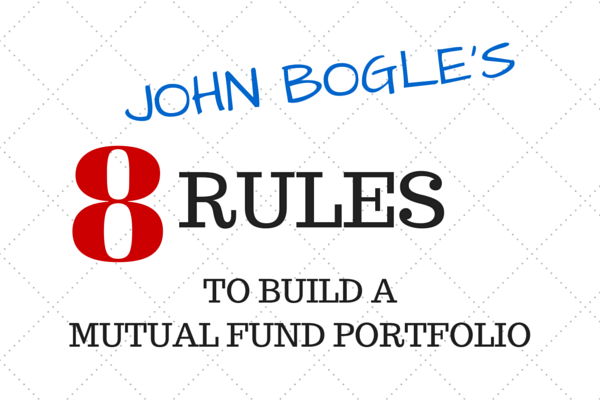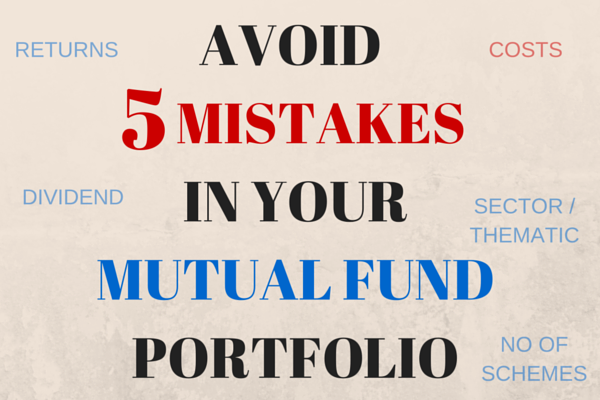A few months ago, I wrote a post on 8 rules to build your mutual fund portfolio. These 8 rules are laid down by John C Bogle, the renowned founder of the Vanguard group, in his book “Common Sense on Mutual Funds”. These rules apply to those who would want to select non-index, actively managed funds.
The 8 rules to build a mutual fund portfolio are:
- Select low cost funds
- Consider carefully the added costs of advice
- Do not overrate past fund performance
- Use past performance to determine consistency and risk
- Beware of stars
- Beware of Asset Size
- Don’t own too many funds
- Buy your fund portfolio and hold it
In the post, I had mentioned about one more rule which I had promised to share on a future date. Here it is.
Rule #9 – Character Counts.
Bogle wrote a book called “Character Counts“, which contains 25 of his speeches that he gave at Vanguard. They are an insight into how Vanguard was built to grow into the largest ‘no-load’ mutual fund group in the world.
Let’s understand why character counts in selecting your mutual funds.



